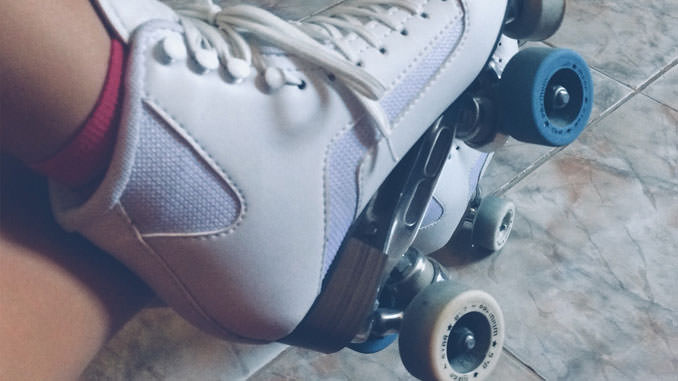
If we have a passion for skating, we know that skates, like all other things, need constant care and maintenance to function perfectly. For example, the skates’ wheels inevitably collect dust, and the bearings become clogged over time; they need periodic cleaning. This tutorial gives you useful tips and correct information on how to clean your skates’ wheels properly.
In amateur skating, a few simple tools are enough for cleaning: an Allen key to remove the wheels, a bearing extractor, a rag to remove dust and dirt, the lubricant, to treat the bearings. At the beginning of the wrench, you have to unscrew the wheels by inserting the Allen key into the pins’ holes.
When the pins are unscrewed, they can remove the wheels. Then, remove the bearings; once extracted, you must clean them with a rag. For stubborn dirt, it is advisable to use a toothpick. Then the specific lubricant that is easily found on the market is passed on their surface.
The wheels, deprived of the bearings, are washed with warm water and soap; it is advisable not to rinse them thoroughly. When the wheels are completely dry, the bearings can be reinserted inside them using the extractor.
If the bearing assembly work has been carried out correctly, there will be no difficulty repositioning the wheels on the axle shaft. Now you can put the skids back on your feet to check if the friction has been eliminated and if the wheels perform better than before cleaning.
Novice skaters need to spin the wheels when cleaning. However, an inexperienced skating technique causes the wheels to wear out asymmetrically, more towards the inside. This situation causes a consequent loss of grip, especially when cornering. Furthermore, the two central wheels are mainly affected by the thrust function, while the external ones have mostly a sealing function.
Consequently, the result is different wear. Therefore, in addition to rotating the wheels on themselves (positioning the internal part towards the external part), it is also useful and important to vary the position on the axis; it is necessary to alternate the control units with the external ones and vice versa.